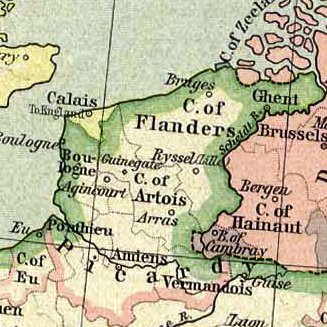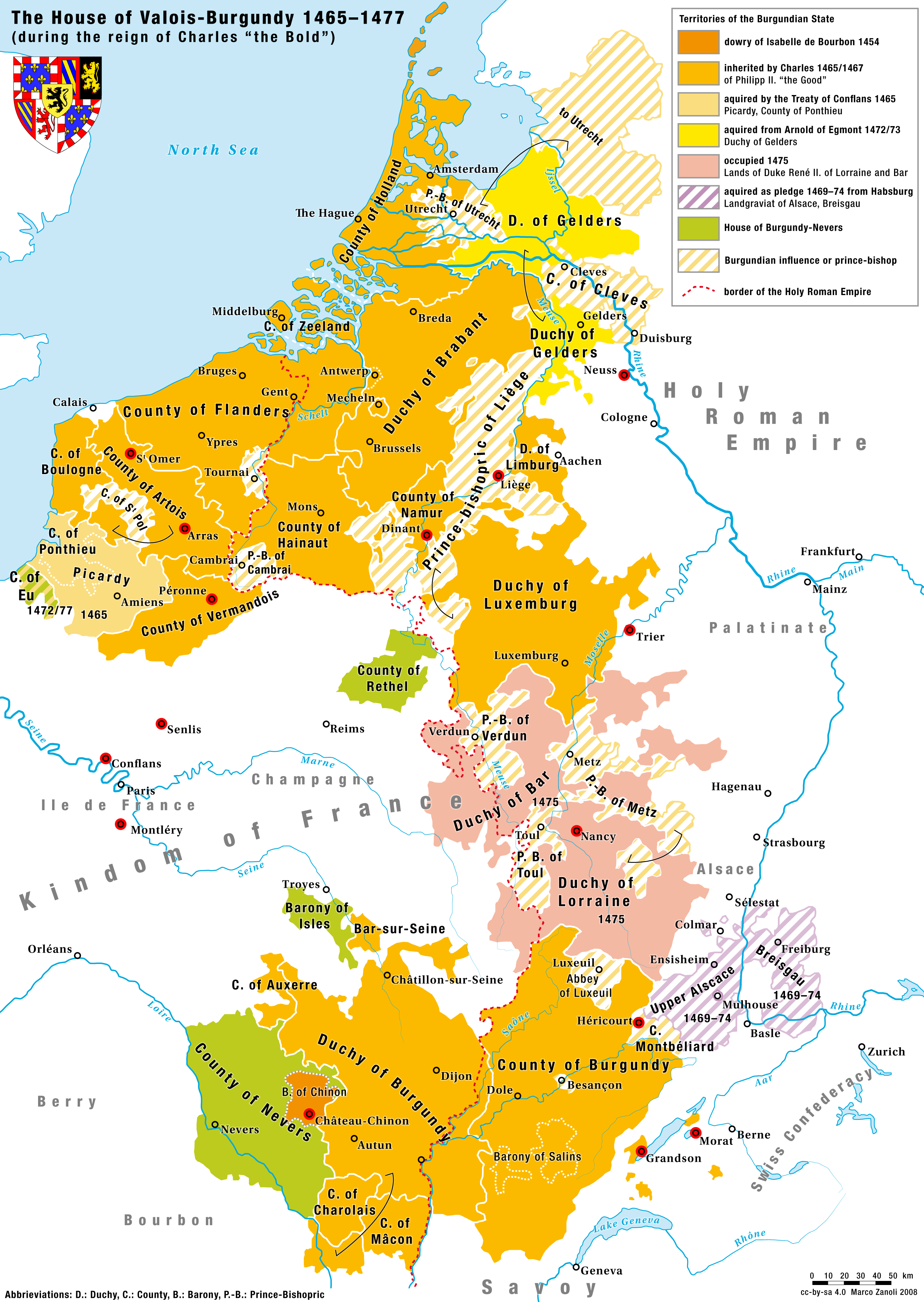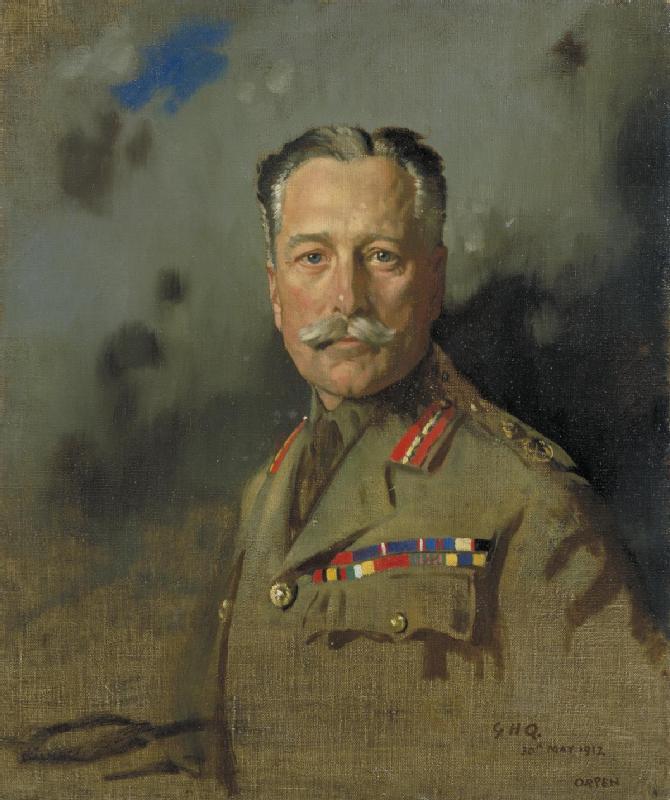|
Siege Of Calais (1558)
The French siege of Calais in early 1558 was part of the Italian War of 1551–1559 between France and England and their respective allies. It resulted in the seizure of the town by France. The Pale of Calais had been ruled by England since 1347, during the Hundred Years' War. By the 1550s, England was ruled by Mary I of England and her husband Philip II of Spain. When the Kingdom of England supported a Spanish invasion of France, Henry II of France sent Francis, Duke of Guise, against English-held Calais, defended by Thomas Wentworth, 2nd Baron Wentworth. Following the failure in mid-1557, a renewed attack captured the outlying forts of Nieullay and Fort Risban, Rysbank and Calais was besieged. Background The victory of Louis XI of France over Charles the Bold in 1477 and the annexation of Picardy to the Crown lands of France, French royal domain marked the end of a status quo over the possession of Calais. For nearly a century the House of Valois had preferred to turn th ... [...More Info...] [...Related Items...] OR: [Wikipedia] [Google] [Baidu] |
François-Édouard Picot
François-Édouard Picot (; 10 October 1786 in Paris – 15 March 1868 in Paris) was a French Painting, painter during the July Monarchy, painting mythological, religious and historical subjects. Life Born in Paris, Picot won the Prix de Rome painting scholarship in 1813, and gained success at the 1819 Salon with his neoclassical ''L'Amour et Psyché'' (Louvre). He painted ''The Crowning of the Virgin'' in the church of Notre-Dame-de-Lorette and had large commissions for the ''Galerie des Batailles''. He exhibited at the Paris Salon between 1819 and 1839. Elected to the Académie des Beaux-Arts, Paris Academy in 1836, Picot was also created an officer of the Légion d'honneur, Legion of Honor in 1832. He studied with François-André Vincent and Jacques-Louis David. Works * L'Amour et Psyché (Cupid and Psyche, 1817) * Portrait of Adélaïde-Sophie Cléret (c.1817) * Portrait of Nicholas-Pierre Tiolier (c. 1817) * ''The Annunciation'' * ''The Death of Sapphira'' (1819) ... [...More Info...] [...Related Items...] OR: [Wikipedia] [Google] [Baidu] |
Charles The Bold
Charles I (Charles Martin; german: Karl Martin; nl, Karel Maarten; 10 November 1433 – 5 January 1477), nicknamed the Bold (German: ''der Kühne''; Dutch: ''de Stoute''; french: le Téméraire), was Duke of Burgundy from 1467 to 1477. Charles's main objective was to be crowned king by turning the growing Burgundian State into a territorially continuous kingdom. He declared himself and his lands independent, bought Alsace, Upper Alsace and conquered County of Zutphen, Zutphen, Duchy of Guelders, Guelders and Duchy of Lorraine, Lorraine, uniting at last Burgundian northern and southern possessions. This caused the enmity of several European powers and triggered the Burgundian Wars. Charles's early death at the Battle of Nancy at the hands of Swiss mercenaries fighting for René II, Duke of Lorraine, was of great consequence in European history. The Burgundian domains, long wedged between the Kingdom of France and the Habsburg Empire, were divided, but the precise disposi ... [...More Info...] [...Related Items...] OR: [Wikipedia] [Google] [Baidu] |
Sangatte
Sangatte (; ) is a commune in the Pas-de-Calais department on the northern coast of France on the English Channel. The name is of Flemish origin, meaning hole or gap in the sand. Engineering Sangatte is the location for the Channel Tunnel's French cooling station, its British counterpart being at Samphire Hoe. In addition, it is the French end-point for the HVDC Cross-Channel, the connection between the UK and French electricity grids. History First underwater telegraph Sangatte was the landing point of the world's first operational underwater telegraph cable, laid across the Channel by the Submarine Telegraph Company in 1851 between South Foreland and Sangatte. Pioneering cross-Channel flight 'Blériot-Plage' is named to commemorate Louis Blériot who, on the July 25, 1909, was the first person to fly across the English Channel. He flew from the beach at Sangatte to the White Cliffs of Dover, to claim the prize offered by the Daily Mail. The crossing took 37 minutes in hi ... [...More Info...] [...Related Items...] OR: [Wikipedia] [Google] [Baidu] |
Duchy Of Burgundy
The Duchy of Burgundy (; la, Ducatus Burgundiae; french: Duché de Bourgogne, ) emerged in the 9th century as one of the successors of the ancient Kingdom of the Burgundians, which after its conquest in 532 had formed a constituent part of the Frankish Empire. Upon the 9th-century partitions, the French remnants of the Burgundian kingdom were reduced to a ducal rank by King Robert II of France in 1004. Robert II's son and heir, King Henry I of France, inherited the duchy but ceded it to his younger brother Robert in 1032. Other portions had passed to the Imperial Kingdom of Burgundy-Arles, including the County of Burgundy (Franche-Comté). Robert became the ancestor of the ducal House of Burgundy, a cadet branch of the royal Capet dynasty, ruling over a territory that roughly conformed to the borders and territories of the modern region of Burgundy (Bourgogne). Upon the extinction of the Burgundian male line with the death of Duke Philip I in 1361, the duchy reverted ... [...More Info...] [...Related Items...] OR: [Wikipedia] [Google] [Baidu] |
Boulogne-sur-Mer
Boulogne-sur-Mer (; pcd, Boulonne-su-Mér; nl, Bonen; la, Gesoriacum or ''Bononia''), often called just Boulogne (, ), is a coastal city in Northern France. It is a sub-prefecture of the department of Pas-de-Calais. Boulogne lies on the Côte d'Opale, a touristic stretch of French coast on the English Channel between Calais and Normandy, and the most visited location in the region after the Lille conurbation. Boulogne is its department's second-largest city after Calais, and the 183rd-largest in France.Téléchargement du fichier d'ensemble des populations légales en 2017 [...More Info...] [...Related Items...] OR: [Wikipedia] [Google] [Baidu] |
Montreuil-sur-Mer
Montreuil (; also nl, Monsterole), also known as Montreuil-sur-Mer (; pcd, Montreu-su-Mér or , literally ''Montreuil on Sea''), is a sub-prefecture in the Pas-de-Calais department, northern France. It is located on the Canche river, not far from Étaples. The sea, however, is now some distance away. Montreuil-sur-Mer station has rail connections to Arras and Étaples. Sights Montreuil is surrounded by notable brickwork ramparts, constructed after the destruction of the town by troops of Habsburg emperor Charles V in June 1537. These fortifications pre-date the extensive fortification of towns in northern France by Sébastien Le Prestre de Vauban in the 17th century. History Montreuil was the headquarters of the British Army in France during the First World War from March 1916 until it closed in April 1919. The military academy there provided excellent facilities for GHQ. Montreuil was chosen as GHQ for a wide variety of reasons. It was on a main road from London to Paris ... [...More Info...] [...Related Items...] OR: [Wikipedia] [Google] [Baidu] |
Battle Of St
A battle is an occurrence of combat in warfare between opposing military units of any number or size. A war usually consists of multiple battles. In general, a battle is a military engagement that is well defined in duration, area, and force commitment. An engagement with only limited commitment between the forces and without decisive results is sometimes called a skirmish. The word "battle" can also be used infrequently to refer to an entire operational campaign, although this usage greatly diverges from its conventional or customary meaning. Generally, the word "battle" is used for such campaigns if referring to a protracted combat encounter in which either one or both of the combatants had the same methods, resources, and strategic objectives throughout the encounter. Some prominent examples of this would be the Battle of the Atlantic, Battle of Britain, and Battle of Stalingrad, all in World War II. Wars and military campaigns are guided by military strategy, wher ... [...More Info...] [...Related Items...] OR: [Wikipedia] [Google] [Baidu] |
Anne De Montmorency
Anne, Duke of Montmorency, Honorary Knight of the Garter (15 March 1493, Chantilly, Oise12 November 1567, Paris) was a French soldier, statesman and diplomat. He became Marshal of France and Constable of France and served five kings. Early life Montmorency was born at Chantilly to William of Montmorency and Anne St. Pol. His father had a senior status in the household of Francis, Count of Angoulême (the future King Francis I). Montmorency first saw military action at the battle of Ravenna in 1512. Reign of Francis I When Francis acceded to the French throne in January 1515, Montmorency became an influential member of his court. When the king reasserted the French claim to Milan the same year, Montmorency followed his king into Italy and distinguished himself at Marignano. Montmorency was named captain of the Bastille in 1516 and became governor of Novara. In 1518 he was one of the hostages in England for Francis I's debt to Henry VIII for the city of Tournai. He returned ... [...More Info...] [...Related Items...] OR: [Wikipedia] [Google] [Baidu] |
Battle Of Ceresole
The Battle of Ceresole (; also Cérisoles) took place on 11 April 1544, during the Italian War of 1542–1546, outside the village of Ceresole d'Alba in the Piedmont region of Italy. A French army, commanded by François de Bourbon, Count of Enghien, defeated the combined forces of the Holy Roman Empire and Spain, commanded by Alfonso d'Avalos d'Aquino, Marquis del Vasto. Despite having inflicted substantial casualties on the Imperial troops, the French subsequently failed to exploit their victory by taking Milan. Enghien and d'Avalos had arranged their armies along two parallel ridges; because of the topography of the battlefield, many of the individual actions of the battle were uncoordinated. The battle opened with several hours of skirmishing between opposing bands of arquebusiers and an ineffectual artillery exchange, after which d'Avalos ordered a general advance. In the center, Imperial landsknechts clashed with French and Swiss infantry, with both sides suffering ... [...More Info...] [...Related Items...] OR: [Wikipedia] [Google] [Baidu] |
Kingdom Of Naples
The Kingdom of Naples ( la, Regnum Neapolitanum; it, Regno di Napoli; nap, Regno 'e Napule), also known as the Kingdom of Sicily, was a state that ruled the part of the Italian Peninsula south of the Papal States between 1282 and 1816. It was established by the War of the Sicilian Vespers (1282–1302), when the island of Sicily revolted and was conquered by the Crown of Aragon, becoming a separate kingdom also called the Kingdom of Sicily. In 1816, it reunified with the island of Sicily to form the Kingdom of the Two Sicilies. The territory of the Kingdom of Naples corresponded to the current Italian regions of Campania, Calabria, Apulia, Basilicata, Abruzzo, Molise and also included some areas of today's southern and eastern Lazio. Nomenclature The term "Kingdom of Naples" is in near-universal use among historians, but it was not used officially by the government. Since the Angevins remained in power on the Italian peninsula, they kept the original name of the Kingdom ... [...More Info...] [...Related Items...] OR: [Wikipedia] [Google] [Baidu] |
Pope Paul IV
Pope Paul IV, born Gian Pietro Carafa, C.R. ( la, Paulus IV; it, Paolo IV; 28 June 1476 – 18 August 1559) was head of the Catholic Church and ruler of the Papal States from 23 May 1555 to his death in August 1559. While serving as papal nuncio in Spain, he developed an anti-Spanish outlook that later coloured his papacy. In response to an invasion of part of the Papal States by Spain during his papacy, he called for a French military intervention. After a defeat of the French and with Spanish troops at the edge of Rome, the Papacy and Spain reached a compromise: French and Spanish forces left the Papal States and the Pope thereafter adopted a neutral stance between France and Spain. Carafa was appointed bishop of Chieti, but resigned in 1524 in order to found with St. Cajetan the Congregation of Clerics Regular (Theatines). Recalled to Rome, and made Archbishop of Naples, he worked to re-organize the Inquisitorial system in response to the emerging Protestant movement ... [...More Info...] [...Related Items...] OR: [Wikipedia] [Google] [Baidu] |








